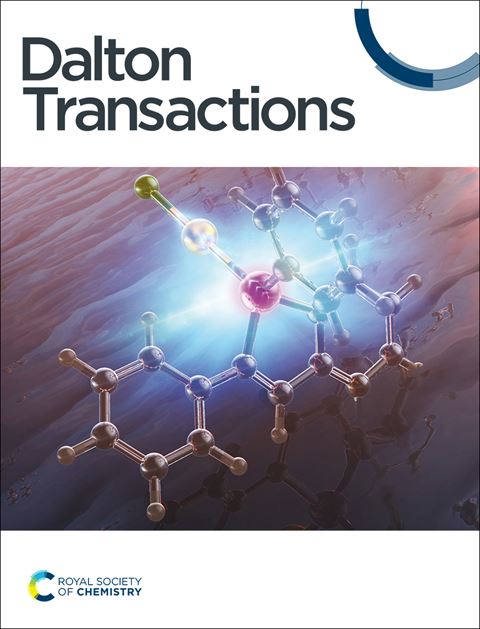Defective carbonized wood membrane as a free-standing three-dimensional anode host for high-performance Zn-ion batteries
IF 3.5
3区 化学
Q2 CHEMISTRY, INORGANIC & NUCLEAR
引用次数: 0
Abstract
Three-dimensional (3D) porous carbons as the host matrix of Zn anode have been proven to be effective in suppressing Zn dendrite formation during the cycling of aqueous Zn-ion batteries (ZIBs), but the complex fabrication process and the lack of sufficient active sites for Zn nucleation still limit their practical applications. Herein, we develop a free-standing 3D carbon-based Zn anode (Zn/HDCW) by controllably electrochemically depositing Zn within highly defective, hierarchically porous carbonized wood carbon (HDCW) membrane obtained via the CO2 thermal etching of the carbonized wood (CW). The HDCW features not only numerous open aligned microchannels and excellent wettability for fast electrolyte transport but also abundant carbon defects for effectively binding with Zn²⁺, enabling uniform plating and stripping of Zn and thus greatly suppressing the formation of Zn dendrites. As a result, the Zn/HDCW-based symmetric cell exhibits long cycling stability nearing 2700 h at 1 mA cm-2 with low voltage hysteresis. Furthermore, the Zn/HDCW anode offers the corresponding aqueous Zn/HDCW-MnO2/HDCW full cell with remarkable rate capability and cycling stability, delivering an stable capacity of 170.8 mAh g-1 at 1 A g-1 after 600 cycles with a unit coulombic efficiency and an excellent capacity retention of 100%. This work provides a new insight into the development of 3D porous carbon-based Zn anodes for high-performance ZIBs.求助全文
约1分钟内获得全文
求助全文
来源期刊

Dalton Transactions
化学-无机化学与核化学
CiteScore
6.60
自引率
7.50%
发文量
1832
审稿时长
1.5 months
期刊介绍:
Dalton Transactions is a journal for all areas of inorganic chemistry, which encompasses the organometallic, bioinorganic and materials chemistry of the elements, with applications including synthesis, catalysis, energy conversion/storage, electrical devices and medicine. Dalton Transactions welcomes high-quality, original submissions in all of these areas and more, where the advancement of knowledge in inorganic chemistry is significant.
 求助内容:
求助内容: 应助结果提醒方式:
应助结果提醒方式:


